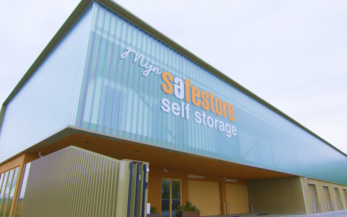5 minutes02/24/2022
By Dr Alex Paul
Regulatory pressure is increasing. With new laws put in place every year to govern the production/use of chemicals and with existing regulations constantly changing to keep pace with scientific advancement, navigating the chemical regulatory landscape has become a challenge. As a result of this rapidly growing complexity, many companies now find that their regulatory compliance and environmental health and safety (EHS) teams are falling behind due to lack of capacity and staffing shortages.
Not only are businesses forced to stay up to date with changes, but they must do so while also ensuring they can deliver on all of their regulatory requirements. And as more and more countries implement their own varieties of chemical legislation, this challenge expands to the global level.
Companies dealing with hazardous substances internationally face numerous challenges, such as:
- Geographic Barriers: Chemicals are used, supplied and manufactured worldwide and despite efforts to harmonize global systems, the definitions and requirements for hazardous chemicals, environmental and workplace safety laws still vary widely - from state to state, region to region and country to country. Add in an increasingly complex legislative framework (REACH, CLP, BPR, etc.), and it becomes tough for companies to stay on top of the requirements and secure access to all markets.
- Language Barriers: Moving chemicals from one country to another means that manufacturers and shippers are very likely to run into problems of communication across different languages and cultures.
In this article you will learn more about REACH and its requirements regarding the compilation of the SDS (safety data sheet), GHS and CLP labelling. You will also learn how to improve your chemical compliance and discover how new technologies can help you face and master the aforementioned challenges.





